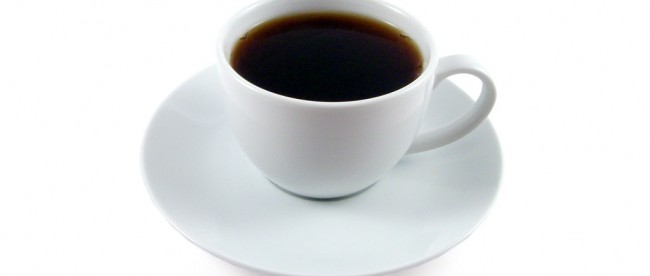The Swedish Coffee (and Tea) Experiment

For many people around the world, the day starts with a cup of coffee. This has been true for centuries, but the origins of the drink aren’t quite clear. The first people to drink it were probably on the Arabian Peninsula (likely modern-day Yemen) or perhaps the Horn of Africa (specifically Ethiopia), and probably in the 1400s. Unfortunately, record keeping and recipe books weren’t very common during that time period in that region. But we do know that Europeans were first introduced to coffee in the mid-1500s — and that like many new things, the drink was originally controversial there.
As discussed in these pages earlier, Pope Clement VIII endorsed the drinking of coffee in the year 1600. As a result, coffee consumption spread in areas where Catholicism had already established itself. But there were many nations in Europe outside of the Pope’s sphere of influence who were still skeptical about the drink. Take, for example, Sweden, which began heavily taxing coffee (and tea) consumption starting in 1746. The tax was so high that it led to a black market for coffee and tea, as well as an underground network of hot, caffeinated beverage drinkers. In response to tax dodging, the government began confiscating mugs and dishes — the paraphernalia of the illegal coffee world — which, of course, pushed the beverage-users even further into the shadows.So, in 1756, Sweden banned the drink. This didn’t work either, and by 1766, according to the Pittsburgh Press, the ban was lifted in favor of a massive tariff. Over the course of the next fifty years or so, Sweden would alternatively ban the drink and unban/tax it. And along the way, the king came up with a creative, arguably sadistic PR campaign.
Gustav III was King of Sweden from 1771 until his death in 1792, and he was no fan of either coffee or tea. He also realized that a simple edict banning the drink wouldn’t be good enough, so he engaged in an experiment. He had available to him two prisoners who were identical twins and who were scheduled to be executed (they were convicted of murder). Gustav III commuted their sentences to life imprisonment, but with a catch. For the rest of their lives, one of the prisoners had to drink three pots of coffee a day while the other had to drink three pots of tea daily. Gustav III figured that both would fall ill (and likely die) quickly, proving once and for all that the health effects of coffee and tea are dramatic and terrible.
The PR campaign was a massive failure. It turns out that three pots a day (and “pots” back then were, hopefully, smaller than the 8-cup monstrosities we have now) were perhaps excessive, but not fatal. Per Wikipedia, both brothers outlived the first doctor who administered the doses, and, for that matter, both outlived Gustav III as well. (To be fair, Gustav was assassinated at age 46.) The first of the two drinkers to die was the tea drinker, who did so at age 83. The coffee drinker is also dead, but the only reason we know this is because there’s no one still alive who was around in the late 1700s. That is, Mr. Coffee lived so long that no one thought it was important to record when he passed away. (Or perhaps no one involved in the experiment was still alive to do it.)
Coffee didn’t immediately become legal in Sweden, though; it wouldn’t be until 1823 that the nation lifted its ban on coffee for good. And the drink was still highly taxed or otherwise significantly regulated in Sweden until 1951. Now, you can buy a cup without worrying that the government will seize your K-cups if you don’t pay a coffee tax, or force-feed it to you if you end up in prison.
Bonus Fact: If it weren’t for coffee, we wouldn’t have movies such as Frozen, Big Hero 6, or Tangled. Or, at least, that’s the official stance of Walt Disney Animation Studios, the company which produced all three of those movies. If you watch those movies, you’ll note the name “Carlos Benavides” in the credits. IMDB lists him as “miscellaneous crew” with the role “caffeination.”
From the Archives: The Heavenly Bean: Also linked above, the story of Pope Clement VIII’s coffee adventures.
Take the Quiz: Coffee versus tea: Who drinks what, and where?
Related: “The Devil’s Cup: A History of the World According to Coffee,” a 2003 book by Stewart Lee Allen. 4.4 stars on 54 reviews.
